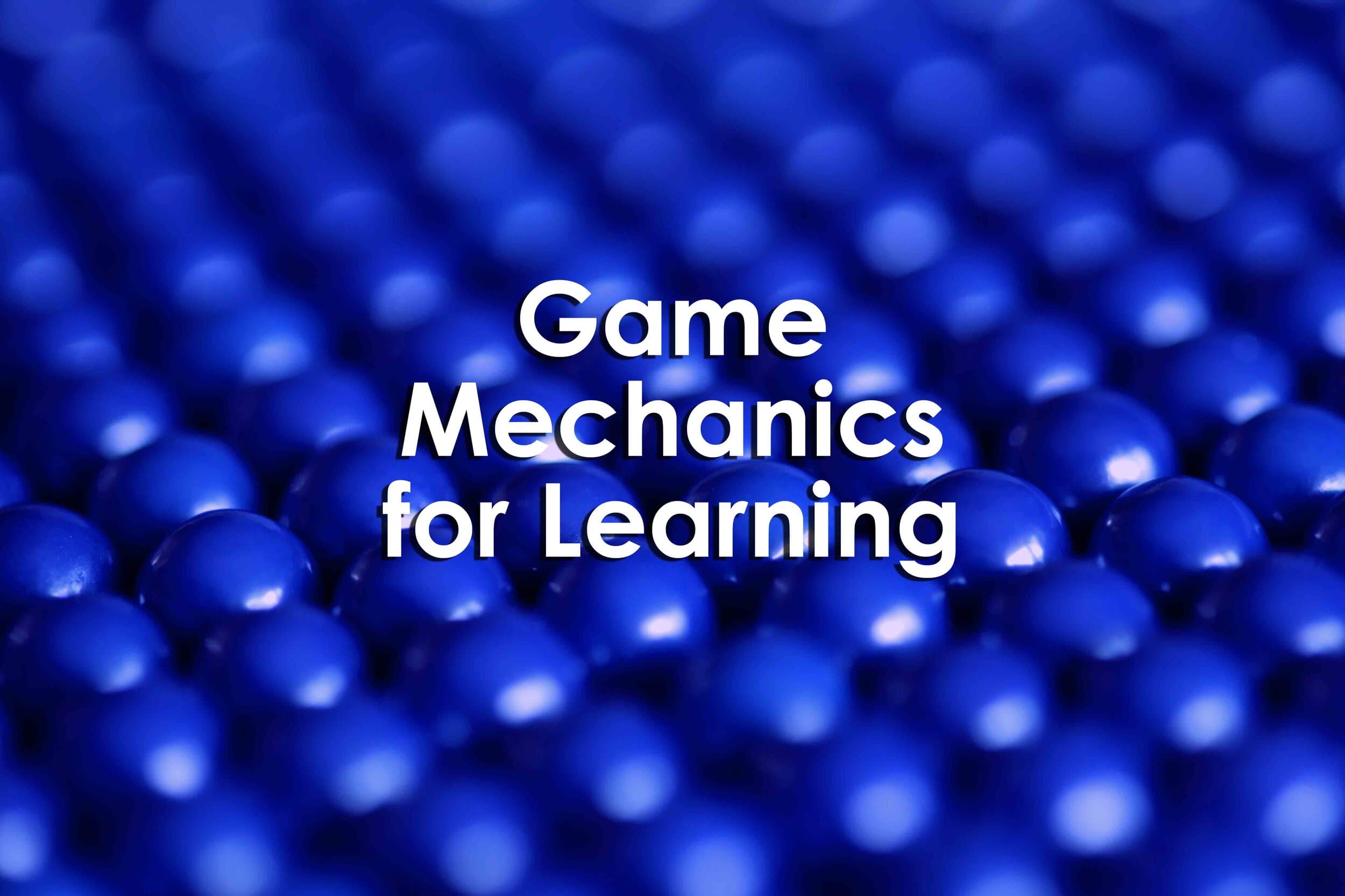What is Game Mechanics Today?

Game mechanics are the set of rules that define the interaction between the player and the game. They are one of the most important elements of game design, determining how engaging and immersive the gameplay will be.
The history began with simple pixel movements on the screen. With the advent of arcade games in the mid-20th century, mechanics took their first shape. Control principles, scoring systems, and continuous difficulty levels were the first cornerstones on which various games were built.
As technology advanced and personal computers and consoles emerged, game mechanics became more complex and flexible. The possibilities for interactivity, various reward and punishment systems, and more sophisticated controls opened new horizons for developers’ creativity.
So, what are game mechanics today? They are not just a set of rules; they are the art of creating unique and unparalleled interaction between the player and the virtual world. In this article, we will explore the key aspects of this art and delve into the world of game mechanics to understand how to create an unforgettable experience for those who pick up a controller or sit at a keyboard.
Main Elements
The main elements of game mechanics include:
- Game rules: They determine what can and cannot be done in the game, how players interact with each other and with the game world.
- Reward and punishment systems: They motivate players to perform certain actions and can be based on obtaining new items, leveling up, or simply enjoying the gameplay.
- Interactivity and control: They can be implemented through various devices such as keyboards, mice, gamepads, or touch screens.
Types of Mechanics in Different Game Genres
Game mechanics can be classified based on various criteria, such as game genre, where each genre has different types of mechanics.
Strategy Games
Strategy games offer players a wide range of decision-making possibilities that influence the course of events. The main mechanic in such games involves developing and implementing long-term strategies. Players need to consider resources, plan moves, analyze enemy actions, and predict the consequences of their decisions. From simple building games to deep strategic simulators, mechanics in strategy games aim to provide players with a complex, intellectual interaction with the virtual world.
Action and Adventure Games
Action and adventure games focus on thrilling shootouts, acrobatic stunts, and exciting adventures. Mechanics in this context focus on reaction, coordination, and interaction with the environment. The player must feel complete control over the character, their movements, and reactions. Action mechanics also cover weapon management, using abilities, and making split-second decisions. In adventure games, the focus shifts to solving puzzles, exploring the environment, and interacting with characters.
Puzzle and Casual Games
Puzzle and casual games appeal to the mind and emotional reactions. The main task of mechanics in puzzle games is to create logical challenges that require creativity and analytical skills from the player. Based on simple rules and intuitive control, casual game mechanics provide simplicity and accessibility. This allows players to enjoy the game without the need to delve into deep strategies or complex control systems.
Different genres require unique mechanics to maintain players’ interest and engagement according to the core principles of each genre. Mechanics are a key tool for creating unique and engaging gameplay experiences, reflecting the aesthetics and goals of each specific genre.
Creating Engaging Mechanics
Clarity, intuitiveness, and unexpected twists are what make game mechanics engaging. Balancing complexity and accessibility is also crucial. A game should be challenging but not off-putting. Balance is the main rule here.
When creating engaging mechanics, it is necessary to consider the following principles:
- Simplicity and clarity: The player should easily understand how the rules work and what consequences to expect for their actions. This creates a sense of control and maintains engagement.
- Sense of progress: Players should feel that they are making progress towards their goal and that their efforts are not in vain.
- Variety: Good mechanics should have depth – the ability to provide various strategies and tactics to achieve the goal. Variety allows players to approach tasks in different ways, maintaining interest and increasing replayability.
Mechanics should provide a gradual increase in difficulty, allowing the player to learn and improve. This creates internal satisfaction for overcoming challenges and maintains motivation. Different skill levels among players should also be considered. Don’t forget about innovations, such as intentionally breaking standard rules to open new perspectives and strategies for players. Using virtual reality, motion sensors, and artificial intelligence can give the game a fresh perspective and increase engagement.
Creating engaging mechanics is about balancing predictability and innovation, complexity and accessibility. Developers who adhere to fundamental principles and flexibly respond to player feedback can create games that captivate and provide a unique experience.
Interaction with Other Aspects of the Game
For instance, if a game emphasizes dramatic twists, the mechanics should highlight these moments, creating emotional interaction. They can also reflect character development and their progression in the game. Unique abilities of characters can be integrated into the mechanics, and decisions made by the player can impact character development and the storyline.
Visual and audio aspects of the game also play a key role in perceiving mechanics. Emotional musical accompaniments, ambient sounds, and high-quality graphics enhance the player’s experience. For example, lighting and colors can highlight key objects or areas of significant events, while sound effects can amplify the impact of player actions, responding to every press or decision made.
An example of integrating game mechanics into a virtual environment is the Dragon Tiger online casino game, where the simplicity of the rules combined with immersive sound and visual effects creates an engaging and captivating experience for players.
Mechanics should be organically integrated into the game world. Depending on the game genre, they can be adjusted to the specific features of the virtual space.

Trends and the Future
New technologies, such as virtual and augmented reality, artificial intelligence, and advanced sensor and control technologies, play a crucial role in the development of game mechanics. These innovations open new perspectives, allowing the creation of unique and adaptive mechanics that cater to each player’s preferences. In the future, we expect the development of advanced AI systems, biometric interaction, and the evolution of virtual worlds, leading to more complex strategies and deeper social interactions in games.
The future of game mechanics promises deeper, more innovative, and personalized experiences for players, considering their unique preferences and utilizing advanced technologies.
Conclusion
The importance of game mechanics for the overall gaming experience cannot be overstated. Effective mechanics are not just game rules; they are the key to creating a unique, engaging experience. Developers should remember the principles of balance, innovation, and harmony with other aspects of the game. Creating engaging mechanics is an art that justifies its existence in every satisfied glance of the player.
